Lesson Overview
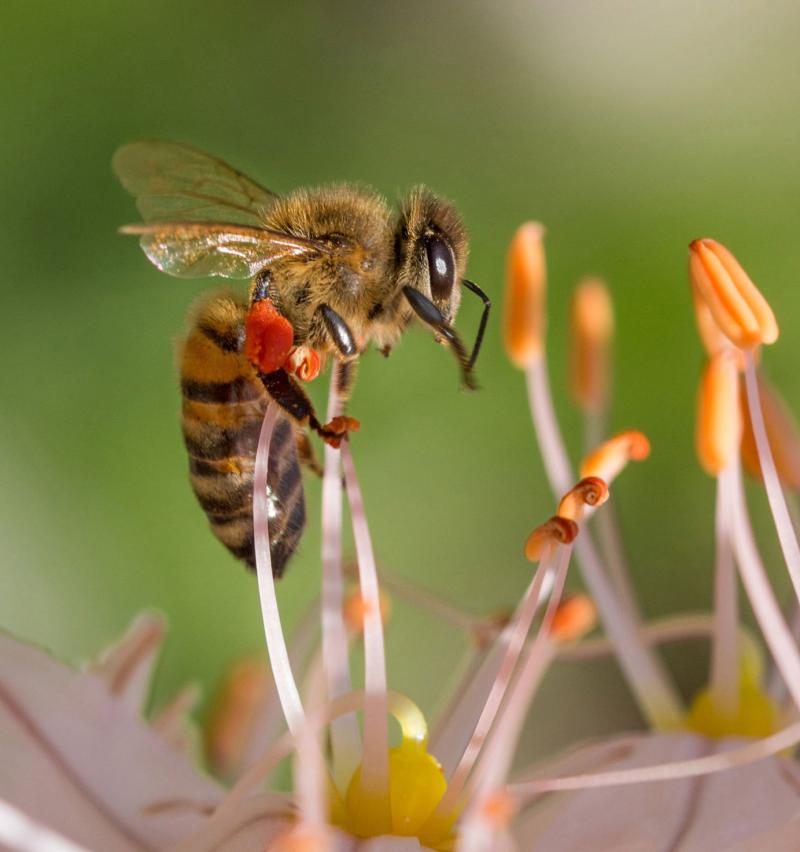
Lesson developed by Ruby Huggett and Bev Schlotte under the direction and review of Anna Barr and Aimee House Ladonski.
Objectives
- In this lesson, participants will learn how plants reproduce and how to identify pollinators that help plants.
- Participants will show the process of pollination.
Vocabulary
- Read and learn these words.
- Stamen: Male part of a flower that makes pollen.
- Pistil: Female part of a flower that receives pollen.
- Reproduce: To make a small living thing similar to a parent.
- Pollen: Yellow powder that fertilizes a plant.
- Pollinate: Carrying pollen to a plant (pistil) so it can make seeds.
- Pollinator: Pollen helper that moves pollen to the pistil to make seeds.
- Learning Activity: Help your child learn vocabulary by using Post-it vocabulary stations.
- Instructions:
- Write the vocabulary words (or draw pictures of them for pre-readers) on Post-its and paste them around the room (or even outside).
- Provide a clue/definition of the word, and ask your child to go grab the Post-it with the appropriate word.
- Repeat for all vocab words.
- Instructions:
Resources and Activities
Video
Like Fruit? Thank a Bee!: Watch the following video to learn how bees pollinate flowers to make fruit. Courtesy of SciShow Kids.
- Video follow-up questions:
- Where does pollen start? Answer: Stamen.
- What does the sticky gooey stuff on a flower’s pistil do? Answer: Sticks pollen from a pollinator to reproduce.
- What are your favorite fruits? Answer: They were once a flower that got pollinated!
Book & Handout
Animal Pollinators: This read-aloud book will teach you about pollination. Courtesy of The Primary School Remote Learning Channel.
- Book follow-up questions:
- How do animals pollinate?
- How does this help plants reproduce?
- From the list of pollinators, which is your favorite?
Pollinators Handout: Bees aren’t the only things that pollinate. View this pollinator handout to learn about other pollinators. Courtesy of SDSU Extension.
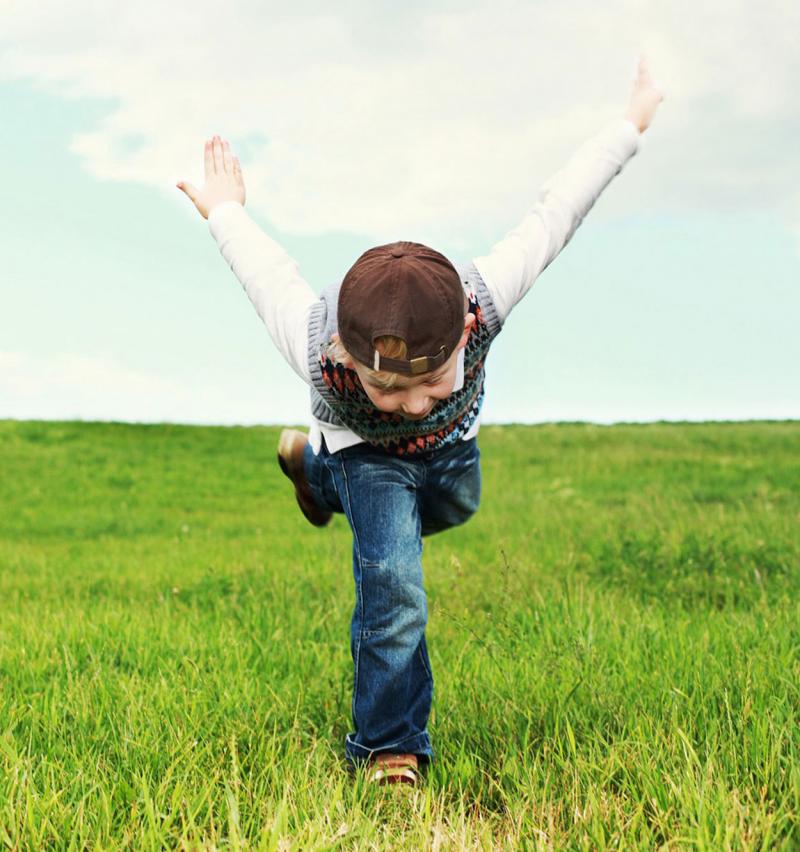
Pollinator Activities
- The Pollination Song: Sing and dance along to this song about pollination and seed dispersal! Courtesy of GenerationGenius.
- Move Like a Pollinator: Watch this video to see how some insects move, then do the following motions like pollinators. Courtesy of Free School.
- Motions:
- Creepy crawl like a ladybug.
- Buzz like a bee.
- Pose like a praying mantis.
- Climb like a spider.
- Flutter like a butterfly.
- Jump like a grasshopper.
- Blow like the wind.
- Fly like a fly.
- Motions:
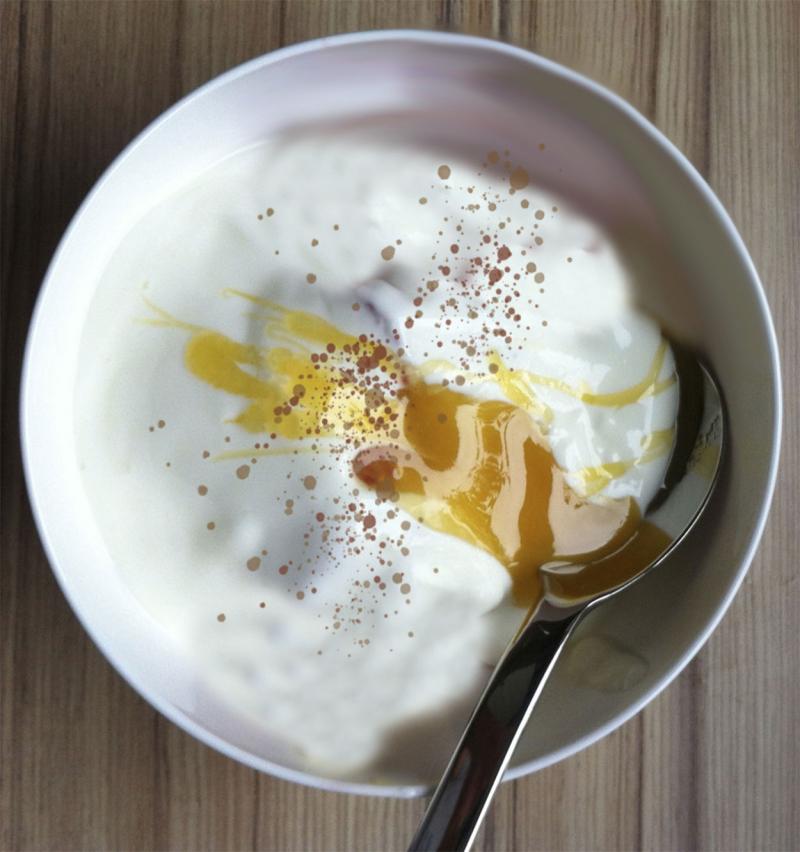
Nutrition Activity
Honey Fruit Dip: Honey has long been used by people across the world to keep people healthy and disease-free. In this activity, you will use honey to make fruit dip.
This recipe represents pollination for two reasons. 1) Honey comes from bees, which are pollinators. 2) Fruit starts as flowers that need pollinated in order to grow into fruits.
- Ingredients:
- Plain yogurt (1cup)
- Honey (2-4 tablespoons)
- Peanut butter or other nut butter (2-4 tablespoons)
- Cinnamon (optional)
- Your favorite fruits for dipping (ex. Apples)
- Instructions:
- Mix yogurt, honey, peanut butter, and cinnamon together until smooth and combined.
- Slice your fruit. Dip, and enjoy!
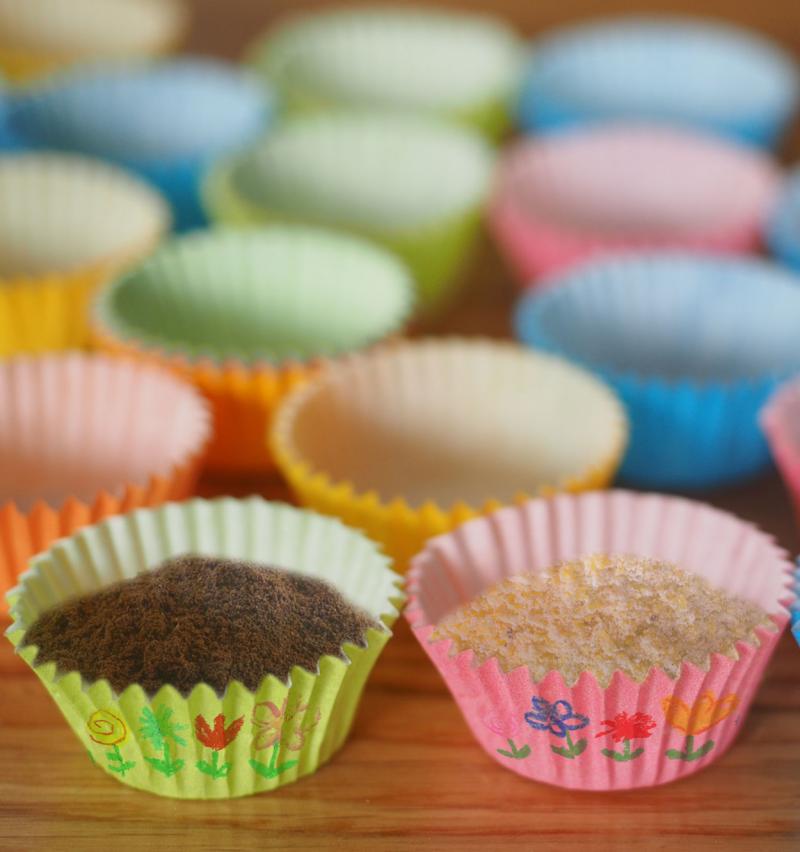
Art Activity
Pollinators STEM Challenge: Craft a pollinator model to show how pollination works. Courtesy of The First Grade Roundup.
- Materials needed:
- Small craft pompoms
- Pipe cleaner
- Toothpick
- Glue
- 2 cupcake liners
- Markers
- Dry coffee grounds
- Corn meal
- Instructions:
- Make a bug. Use pompoms, a pipe cleaner, and a toothpick. Glue them together and let dry.
- Create flower gardens. Draw and color flowers on the sides of two cupcake liners. Each cupcake liner will be a garden plot. Put coffee grounds in one garden and cornmeal in the other garden.
- Start pollinating. Dip your bug into the cornmeal and then the coffee grounds. Go back and forth a few times.
If you look closely in the cornmeal, you can see where the coffee grounds mixed in! Congratulations on a successful pollination! Pollen is mixed on both flowers and all over our bug! Your bug could pollinate many flowers. If these were real flowers, the seeds would begin to grow. Hurray!
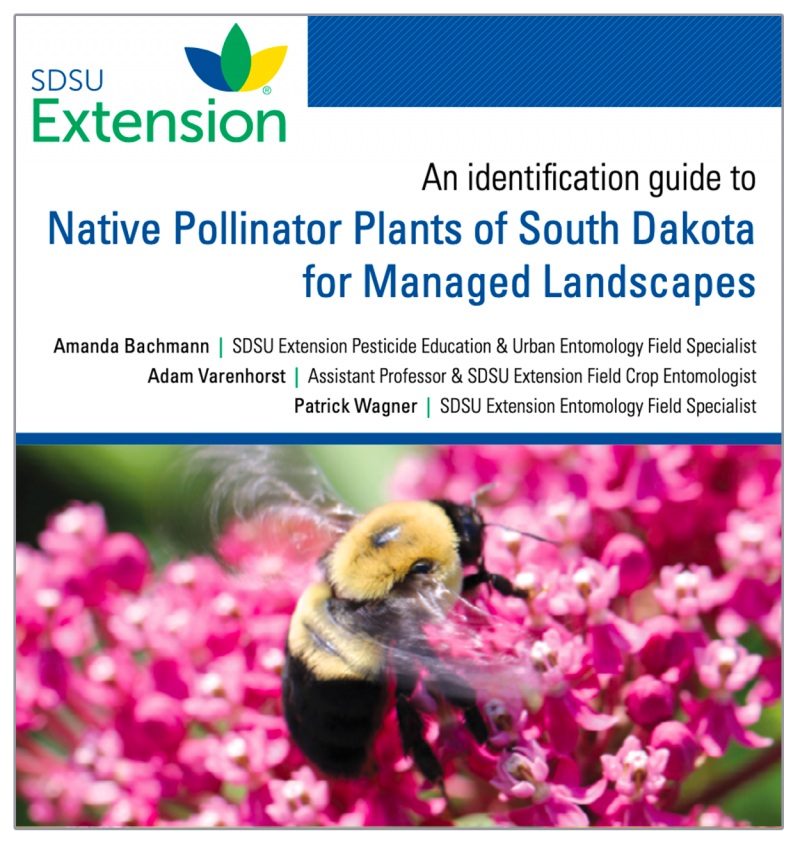
Adults, Learn More
- How to Plant a Honey Bee Garden With Kids: This summer, use your garden space to not only connect with your kids, but to help grow a beautiful (and pesticide-free) environment for your local bees. Courtesy of Lasso the Moon.
- Pollen Color Chart: Pollen can come in an array of colors, from yellow to orange to dark-brown. Beekeepers can use this chart to help find out which flowers their bees have been gathering pollen from. Courtesy of the Greater Grand Lake Beekeepers Association.
- NDSU Extension Certified Pollinator Garden Application: The NDSU Extension Master Gardener Program is encouraging homeowners to build new pollinator gardens. You are eligible if you live in North Dakota, Minnesota, South Dakota or Montana and meet the guidelines. Courtesy of NDSU Extension.
- SDSU Extension Resources:
- Pollinators: View all SDSU Extension pollinators content.
- An Identification Guide to Native Pollinator Plants of South Dakota for Managed Landscapes: Not only are native perennials visually appealing, but these plants are also important pollen and nectar sources for pollinators. View this guide to learn more.
Project Contributors
Lesson Authors:
- Ruby Huggett
- Bev Schlotte
Other Contributors:
- Shelby Anderson
- Paulette Morse
- Ruth Smith


